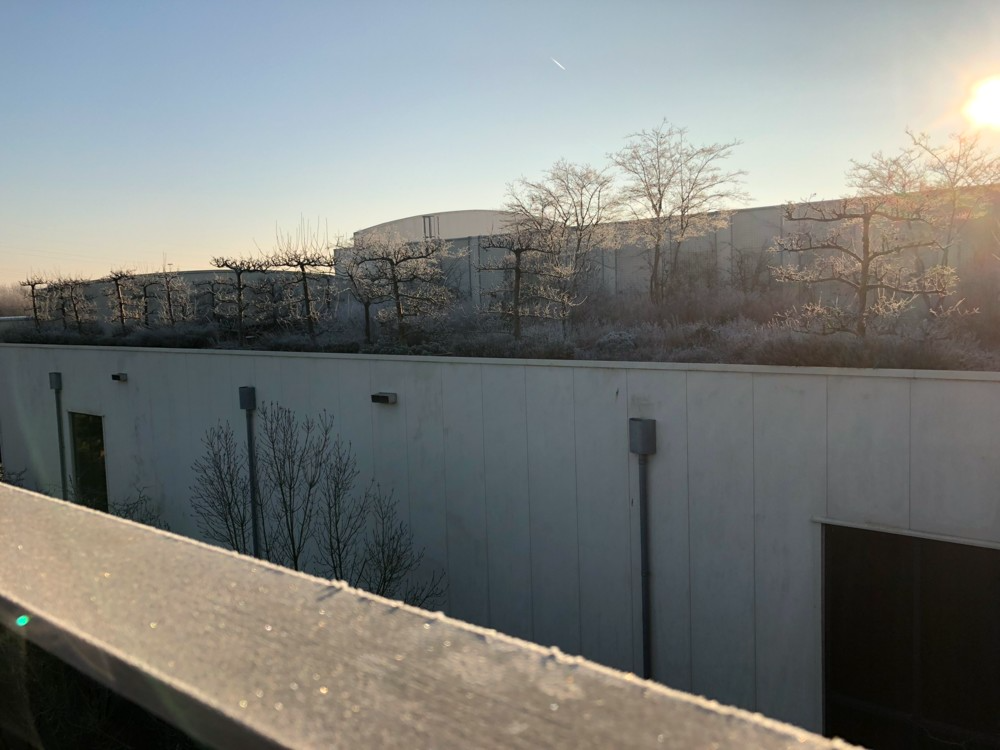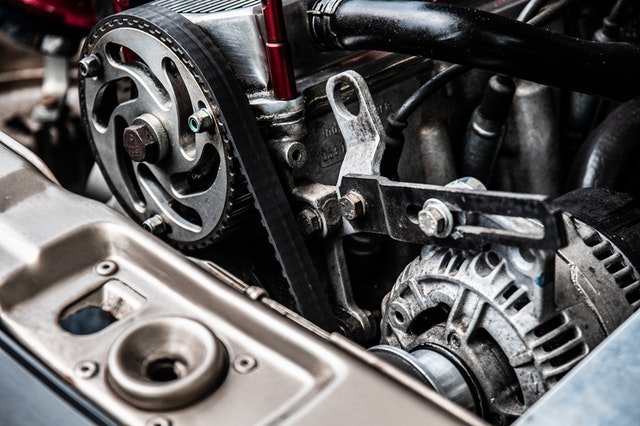
Elevating Urban Spaces: The Art of Rooftop Garden Design with Stylish Planters for Roof Gardens
In modern cities, where green spaces are limited, rooftops have become valuable opportunities for creating lush, vibrant environments. Rooftop Garden Design not only enhances aesthetics but also improves air quality, reduces heat, and promotes biodiversity. With the right approach, rooftops can be transformed into serene escapes, productive vegetable patches, or chic entertaining areas. A key component of this transformation lies in selecting the right Planters for Roof Gardens—an element that combines functionality, durability, and visual appeal.
At greenconceptors, we believe that a rooftop garden should be more than just a collection of plants. It’s a carefully curated space where design, sustainability, and practicality meet. Whether you’re working with a small apartment roof or a large commercial building, thoughtful planning and the right planter choices can turn your rooftop into a green masterpiece.
Why Rooftop Gardens Are the Future of Urban Living
Rooftop Garden Design is no longer just a luxury for high-end properties—it’s becoming a necessity in sustainable urban development. As cities grapple with pollution, heat islands, and limited recreational space, rooftop gardens offer a refreshing solution. They provide:
-
Environmental benefits: Reduced carbon footprint, better air quality, and improved thermal insulation for buildings.
-
Well-being benefits: Access to calming green areas, increased productivity, and enhanced mental health.
-
Property value benefits: Attractive rooftop spaces can significantly increase the market appeal of residential and commercial properties.
The Role of Planters in Rooftop Garden Design
While structural planning, irrigation, and plant selection are crucial, Planters for Roof Gardens serve as the backbone of rooftop landscaping. They not only hold plants securely but also influence drainage, mobility, and aesthetics. The ideal rooftop planter should be lightweight yet sturdy, resistant to weather conditions, and designed for optimal plant health.
Some popular planter materials include:
-
Fiberglass: Durable, lightweight, and available in various styles and colors.
-
Metal: Sleek and modern, but best used with liners to prevent overheating of soil.
-
Wood: Natural charm, especially for rustic or eco-inspired designs, but requires proper sealing.
-
Recycled plastics: Sustainable and low-maintenance options for eco-conscious projects.
Key Elements of Successful Rooftop Garden Design
When embarking on a Rooftop Garden Design project, consider these essential factors:
-
Weight Management
Roof structures have weight limits. Planters should be lightweight, and soil mixes should be designed to retain moisture without being overly heavy. -
Wind Protection
Rooftops are exposed to stronger winds. Planters with deep bases or anchoring systems help prevent tipping, and plants should be chosen for their resilience. -
Irrigation Systems
Automated drip irrigation ensures plants get consistent moisture while conserving water. -
Climate-Appropriate Plants
Choose species that thrive in your local climate and can withstand rooftop conditions, including full sun and fluctuating temperatures. -
Aesthetic Harmony
Planter styles, colors, and arrangements should complement the overall rooftop theme—whether minimalist, tropical, or Mediterranean-inspired.
Combining Function and Style
The most captivating rooftop gardens achieve a balance between beauty and practicality. For instance, a modern penthouse might feature sleek white fiberglass Planters for Roof Gardens filled with ornamental grasses, while a family home rooftop could use rustic wooden planters to grow herbs and vegetables.
Planters can also serve as space dividers, guiding movement and creating intimate areas within a larger garden. Elevated planters, for example, can double as seating, merging form with function.
Sustainability in Rooftop Gardens
An increasing number of urban gardeners are adopting eco-friendly practices in their Rooftop Garden Design. Using recycled materials for planters, installing rainwater harvesting systems, and incorporating native plants all contribute to a sustainable and low-maintenance garden.
greenconceptors specializes in integrating sustainability into rooftop projects. From sourcing eco-conscious planter materials to designing irrigation systems that minimize water wastage, every detail is tailored to reduce environmental impact without compromising on style.
Inspiration for Your Next Rooftop Project
-
Urban Oasis: Imagine lounging on your rooftop surrounded by lush greenery in modern concrete planters, with climbing plants forming natural privacy screens.
-
Culinary Garden: Rows of lightweight raised planters filled with fresh herbs, tomatoes, and peppers ready for your kitchen.
-
Minimalist Retreat: Sleek black planters arranged symmetrically with low-maintenance succulents and small ornamental trees.
-
Tropical Escape: Large planters with palm varieties, bamboo, and colorful flowering plants, creating a vacation vibe right above the city.
Final Thoughts
A well-executed Rooftop Garden Design can completely transform the way you experience your home or workplace. By choosing the right Planters for Roof Gardens, you not only ensure the longevity and health of your plants but also create a visually cohesive and functional space. With careful planning, sustainable practices, and a touch of creativity, your rooftop can become a thriving sanctuary above the hustle and bustle of city life.









